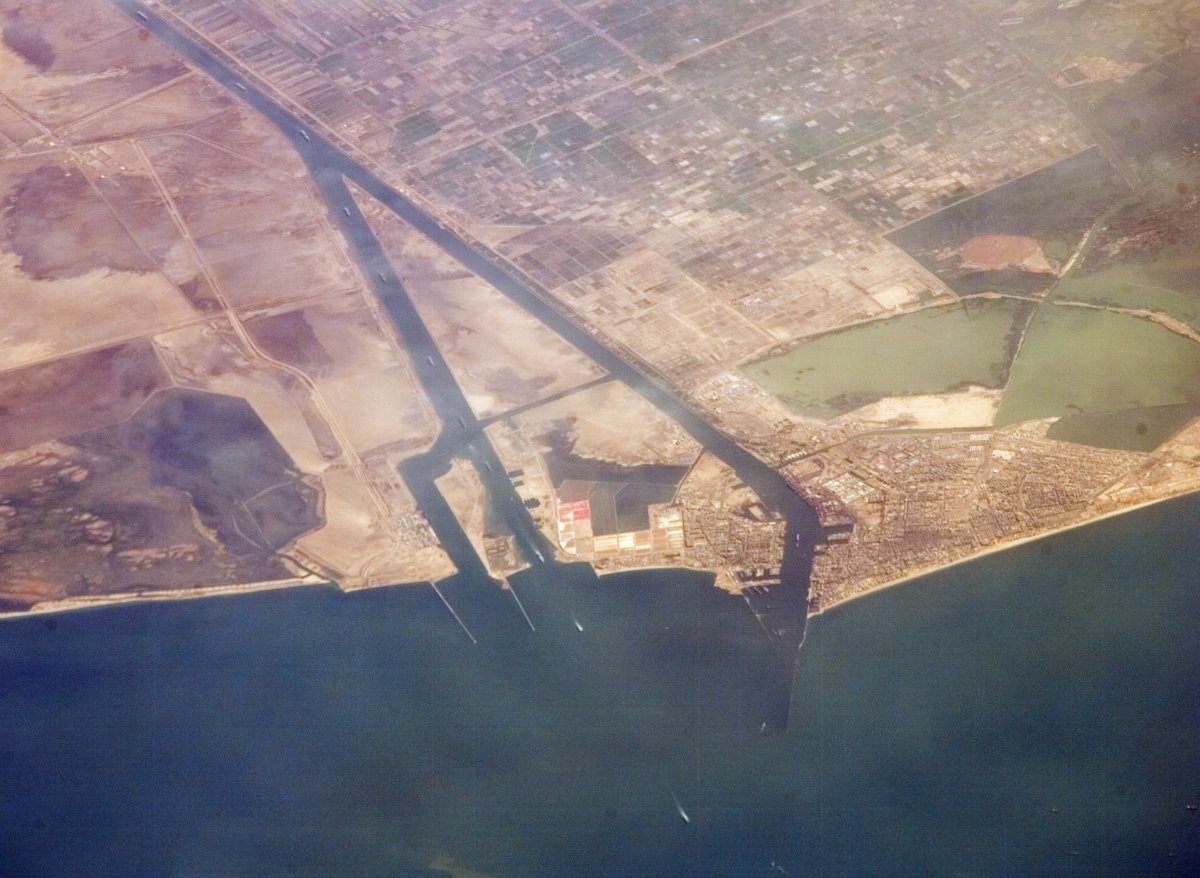These giant infrastructure projects are set to reshape Africa
Contents |
[edit] Introduction
Africa’s population is exploding. By the United Nations’ estimate, the continent will see its current population of 1.2 billion double by the year 2050. That’s an expected growth of 42 million people — basically a brand-new Argentina — every year.
A number of important infrastructure projects are underway to make room for all those people, including railways, dams, and clean energy solutions such as solar arrays.
Here are some of the largest projects coming to Africa in the next several decades.
[edit] North South Corridor
In 2009, the Common Market for Eastern and Southern Africa began work on the North South Corridor — a series of roadways and railways spanning more than 6,000 miles across seven countries. Its total cost is approximately $1 billion.
Image: Ernst & Young
[edit] Bagamoyo Port
Tanzania’s Bagamoyo Port will become Africa’s largest port, capable of handling 20 million containers a year. With an estimated cost of $11 billion, a Chinese government construction firm expects to complete the port by 2045.
Image: Reuters
[edit] Modderfontein New City
In 2013, Chinese development firm Zendai Property Limited announced it was building an $8 billion city outside Johannesburg, called Modderfontein New City. It will become a hub for Chinese firms investing in African infrastructure.
Image: Shanghai Zendai
[edit] Konza Technology City
Not to be outdone, Kenya is getting Konza Technology City, a $14.5-billion software hub outside Nairobi. The government is calling it “where African silicon savannah begins.”
[edit] Bouregreg Valley
In 2013, Morocco launched a $420-million urban development project in the Bouregreg Valley. Building up the area will link Rabat and Salé, two of Morocco’s most vibrant towns currently split by the valley.
Image: Jean Nouvel
[edit] Lagos-Calabar coastal railway
China and Nigeria have agreed to a $11-billion contract to build the Lagos-Calabar coastal railway. It will stretch for 871 miles and is expected to open in 2018.
Image: CCECC
[edit] Grand Ethiopian Renaissance Dam
At a cost of $4.8 billion, the Grand Ethiopian Renaissance Dam will provide hydroelectric power to Ethiopia and nearby countries. There is some criticism, however, that the dam forces the relocation of nearly 20,000 people.
Image: Ethiopian Herald
[edit] Grand Inga Dam
At an average output of 39,000 MW per year, the Grand Inga Dam will become the largest energy-generating body in the world. Its total development cost is an estimated $100 billion. Developers expect to finish the project by 2025.
Image: Bloomberg
[edit] Jasper solar farm
Opened in South Africa in 2014, the Jasper solar farm produces roughly 180,000 megawatt-hours per year, capable of powering 80,000 homes. It is the largest solar power project on the continent.
Image: SR
[edit] New Suez Canal
Construction began on an extension to the existing Suez Canal in 2014. The “New Suez Canal” adds 22 miles in a new shipping lane beside the original 102-mile canal and is expected to double annual revenue with the room for added ships.
Image: Wikimedia Commons
[edit] Dangote Cement
Dangote Cement, Africa’s largest cement producer, signed contracts worth $4.3 billion in 2015 with a Chinese engineering firm to increase its capacity to 100 million tons across 15 countries by 2020. The deal will enable the construction of many other projects around the continent.
Image: GE Africa/YouTube
Written by
Chris Weller, Ideas Reporter, Business Insider
This article is published in collaboration with Business Insider.
The views expressed in this article are those of the author alone and not the World Economic Forum.
This article was originally published on the Future of Construction Knowledge Sharing Platform and the WEF Agenda Blog.
[edit] Find out more
[edit] Related articles on Designing Buildings Wiki
- A better investment framework for Africa.
- China’s clean, green buildings of the future.
- Construction in Malaysia.
- Global Construction 2025.
- How Latin America and the Caribbean can unlock their digital potential.
- How to tell which infrastructure projects will work.
- India needs to build more infrastructure fast. Here’s how.
- Megaprojects.
- Renovate, operate, transfer (ROT).
- Scoping project approach in the developing world.
- State of the construction industry in Uganda.
- Tallest buildings in the world.
- Top 10 skyscrapers located in the UAE.
--Future of Construction 14:14, 20 Jun 2017 (BST)
Featured articles and news
Government consultations for the summer of 2025
A year of Labour, past and present consultations on the environment, the built environment, training and tax.
CMA competitiveness probe of major housing developers
100 million affordable housing contributions committed with further consultation published.
Homes England supports Greencore Homes
42 new build affordable sustainable homes in Oxfordshire.
Zero carbon social housing: unlocking brownfield potential
Seven ZEDpod strategies for brownfield housing success.
CIOB report; a blueprint for SDGs and the built environment
Pairing the Sustainable Development Goals with projects.
Types, tests, standards and fires relating to external cladding
Brief descriptions with an extensive list of fires for review.
Latest Build UK Building Safety Regime explainer published
Key elements in one short, now updated document.
UKGBC launch the UK Climate Resilience Roadmap
First guidance of its kind on direct climate impacts for the built environment and how it can adapt.
CLC Health, Safety and Wellbeing Strategy 2025
Launched by the Minister for Industry to look at fatalities on site, improving mental health and other issues.
One of the most impressive Victorian architects. Book review.
Common Assessment Standard now with building safety
New CAS update now includes mandatory building safety questions.
RTPI leader to become new CIOB Chief Executive Officer
Dr Victoria Hills MRTPI, FICE to take over after Caroline Gumble’s departure.
Social and affordable housing, a long term plan for delivery
The “Delivering a Decade of Renewal for Social and Affordable Housing” strategy sets out future path.
A change to adoptive architecture
Effects of global weather warming on architectural detailing, material choice and human interaction.
The proposed publicly owned and backed subsidiary of Homes England, to facilitate new homes.
How big is the problem and what can we do to mitigate the effects?
Overheating guidance and tools for building designers
A number of cool guides to help with the heat.
The UK's Modern Industrial Strategy: A 10 year plan
Previous consultation criticism, current key elements and general support with some persisting reservations.
Building Safety Regulator reforms
New roles, new staff and a new fast track service pave the way for a single construction regulator.





































